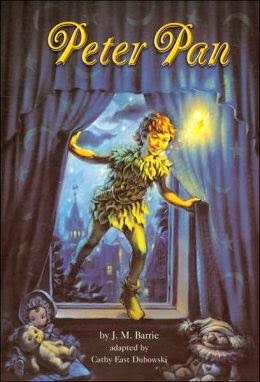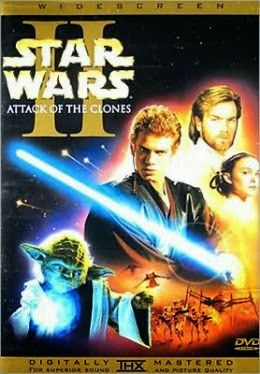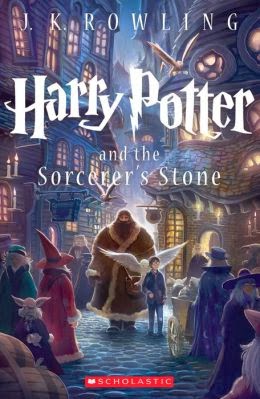 When
it comes time to set up a signing for your new book, your first book or
your latest book. Why not try some creative thinking?
When
it comes time to set up a signing for your new book, your first book or
your latest book. Why not try some creative thinking?There's no set rule that you MUST do a signing in a bookstore. Of course, I'm not saying to leave your favorite mystery bookstore or even your favorite big box bookstore. Just wanting you to think a little outside the box for extras.
When we owned Mysteries & More, I had several signings there for my anthologies and for my non-fiction edited books, The Art of Murder and Deadly Women. I enjoyed signing at my own store and I also signed in Houston at Murder by the Book. I signed at mystery bookstores in Dallas, San Diego, Kansas City, Scottsdale, Bethesda, St. Louis, and New York City. I was determined to help my fellow writers and my fellow independent bookstore owners sell a few books even if I didn't have a novel published. I'd set up signings with other anthology authors, authors who did have a novel out, and my co-editors. Usually we did panels talking about writing. By having three or four authors, the crowd will grow larger because of each person's fan following.
I tried to come up with promotional items to give to customers and bookstore owners for myself and others. When we operated the store we got many, many promo items. There were writing pens and pencils, key chains, postcards, bookmarks, caps, t-shirts, coozies, little pins to wear that had the book covers on it. I wrote a few weeks ago about the little rubber jar opener promoting Deadly Women that I came up with and it was a hit. Eileen Dreyer gave away a ball point pen that looked like an actual hypodermic syringe filled with medicine, which was the blue ink. Promotions are good ideas to give away but how about where you hold a signing?
My first book came out and I decided to have a launch party at the bowling center where I'd bowled in leagues for years. They had a party room and we sent out invitations and an awesome crowd showed up… about sixty people, I think.
The beauty salon where I had my hair done wanted to host a book signing party for me. I said, sure, why not? Three years later when my second book came out, we had moved into our RV full time and traveled in the summer, but came back to the Hill Country in the fall and winter. Once again, I did a signing at a bowling center where we now bowled.
When we still owned the bookstore, a writer friend, the late Nancy Bell, was the house mother of a sorority house at the University of Texas for ten years. When her first book came out, we had her launch party for her first book at the sorority house.
Another creative place I had a signing was at the SPA Yoga center where I go. I once also signed on the patio of a restaurant and inside the same restaurant when the next book came out.
I've signed four years at a music festival that a singer/songwriter hosted several years and always invited book writers along with the musicians he invited.
Guess you get the idea that you can do book signings almost anywhere. All you need is a willing host, a rather busy location and someone to sell the books for you. If you don't have a local indie bookstore who will order books for you, last resort order them from your publisher yourself. But you usually don't get credit for books sold if you, the author buys from the publisher. Just think outside the box… uh store and sell those books.
Groaner of the day: How many mystery writers does it take to change a light bulb?
Two, — one to screw it almost all the way and the other to give it a surprising twist at the end.























.jpg)







 You may have heard of the
You may have heard of the  Like other bannings, Arizona HB 2281 ARS §15-112 touts such lofty
goals of racial harmony and patriotism, but also like other bannings,
the result is something else. Reportedly, officials seized books while
studies were in session and subsequently shut down classes.
Like other bannings, Arizona HB 2281 ARS §15-112 touts such lofty
goals of racial harmony and patriotism, but also like other bannings,
the result is something else. Reportedly, officials seized books while
studies were in session and subsequently shut down classes. My take is nothing like banning books gets people to read them. A
couple of thousand miles away in New York City, Mayor Bloomberg twice
destroyed the so-called
My take is nothing like banning books gets people to read them. A
couple of thousand miles away in New York City, Mayor Bloomberg twice
destroyed the so-called 
















